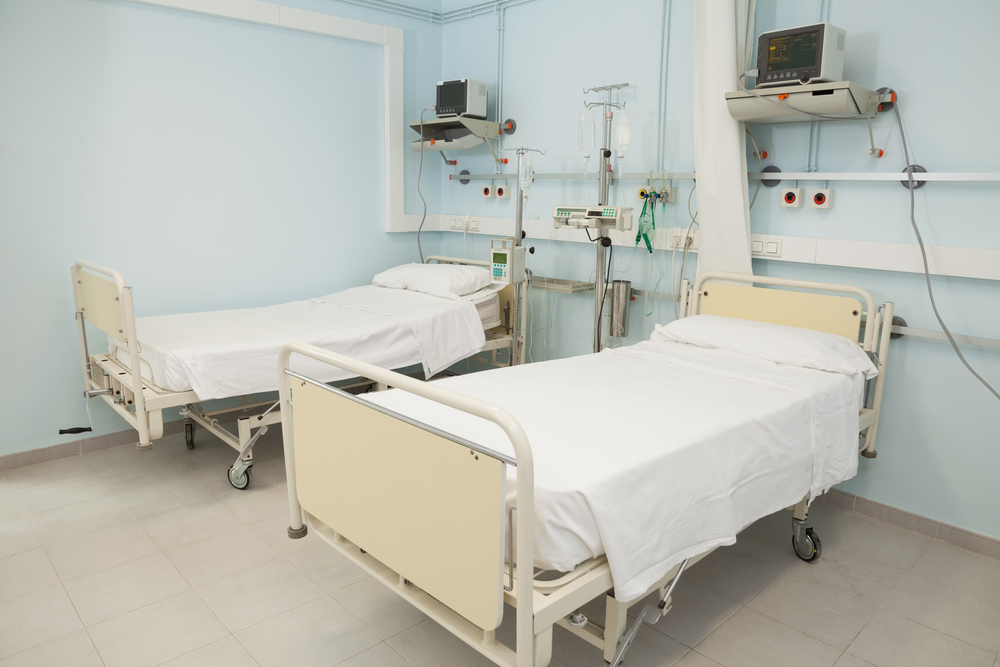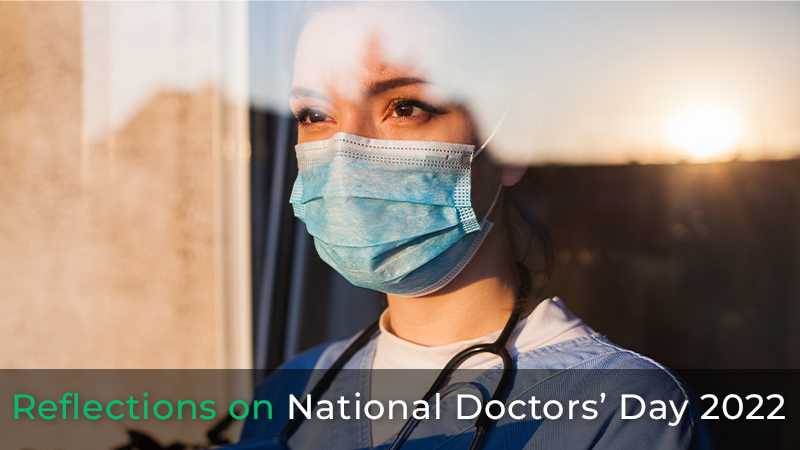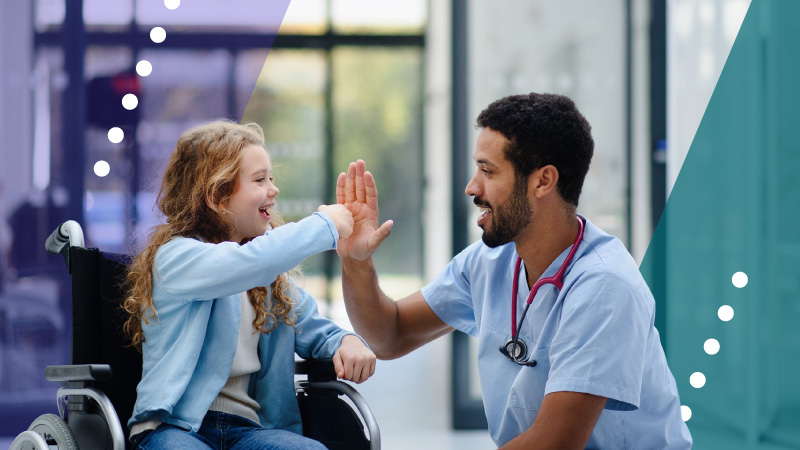
The COVID-19 pandemic has called for everyone to do their part to keep others safe and healthy. For many, this means staying at home as much as possible and practicing social distancing. For me, as CMIO of the Beth Israel Deaconess community hospitals, this has meant deploying numerous initiatives in response to the pandemic, from symptom screening to dashboards to telehealth.
As an emergency medicine physician, this has also meant working on the frontlines at my organization's emergency departments and volunteering in New York City, which ultimately led to me contracting the virus myself.
Before I made the trip to NYC, there was work to be done right here in Massachusetts. At the Beth Israel Deaconess hospitals, we acted quickly at the beginning of the outbreak. We provisioned access for all of our ED providers to all network community hospitals, enabling them to be deployed to the areas of greatest need on short notice.
We also devised a proactive surge plan that expanded our patient capacity and isolated those who were symptomatic or under investigation safely from other patients. We added 28 surge beds in total, isolation tents outside BID-Milton and BID-Plymouth, and implemented remote testing sites at all of our hospitals.
Once I was confident that our organization was well prepared, I began to look at other heavily impacted areas to see where I could assist. During the month of April, the number of positive COVID-19 cases grew rapidly, with New York as the most impacted state in the nation. This placed an unprecedented strain on the state’s healthcare system and their workers as they faced surging volumes of patients, limited beds, and dwindling supplies of PPE.
To support workers on the frontlines, I sought out an opportunity to volunteer through NYC Health + Hospitals, and was deployed at Woodhull Hospital in Brooklyn. Like most frontline workers during this time, I experienced long shifts, uncomfortable protective equipment and the incredible emotional toll of losing patients. I worked alongside physicians and nurses deployed by the Navy and from across the country, trying to relieve the duties of the resilient but tired New York team.
Despite our hard work, I was saddened by the code blues called on the floor that I heard every hour.
The damage caused by the virus goes far beyond the physical. Amidst the uncertainty and the disruption of our normal routines, many patients report feeling anxious or hopeless. I have seen existing psychological disorders exacerbated, especially in patients who have thoughtfully chosen to isolate themselves from their parents or loved ones. I always make an effort to acknowledge these patients and to express my appreciation for them trying to do the right thing.
Upon my return from New York, I began to experience symptoms and unfortunately tested positive myself. Experiencing the pandemic from this new perspective renewed my clinical respect for this virus and reinforced my appreciation of the fear and uncertainty that accompanies the physical manifestations of this illness.
In accordance with CDC guidelines, I quarantined myself and used the time to assist our hospitals with COVID-19 efforts from a distance. I worked with our programming team to develop dashboards and reports to track patient volumes and outcomes. These tools are crucial for coordinating resources, tracking peaks and recovery, and meeting state reporting needs.
I also assisted in the launch of telehealth platforms with various departments across our three hospitals, enabling our staff to conserve PPE and helping to reduce the risk of exposure in crowded waiting rooms. Our clinical informatics team has continued to meet the challenge of maintaining an EHR that reflects the ever-evolving testing and treatment guidelines.
Although we are not out of the woods yet, we are beginning to look to the future. We are currently redesigning our hospital data dashboards to help prepare us for a slow and steady recovery phase. Across our hospital network, we are implementing phased recovery plans with the gradual resumption of elective procedures and ambulatory services.
We have continued to deploy and refine practices that make our hospitals safe places to receive both COVID and non-COVID care. In the meantime, we are advising our patients to continue taking precautions, and to practice social distancing whenever possible.
I have documented my COVID-19 and other clinical experiences on Twitter, letting people catch a glimpse of the frontlines while discussing best practices with other colleagues and healthcare providers. Feel free to follow along with my journey and to join the discussion.
See how MEDITECH is supporting healthcare organizations during the COVID-19 pandemic.




